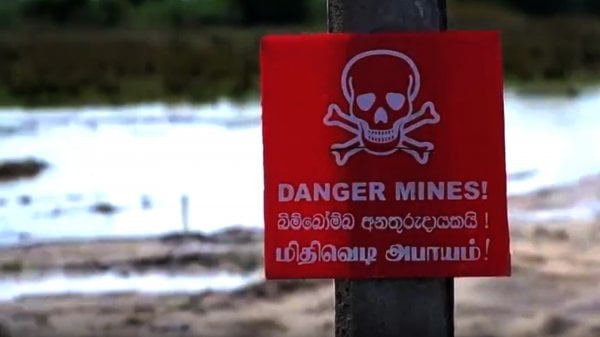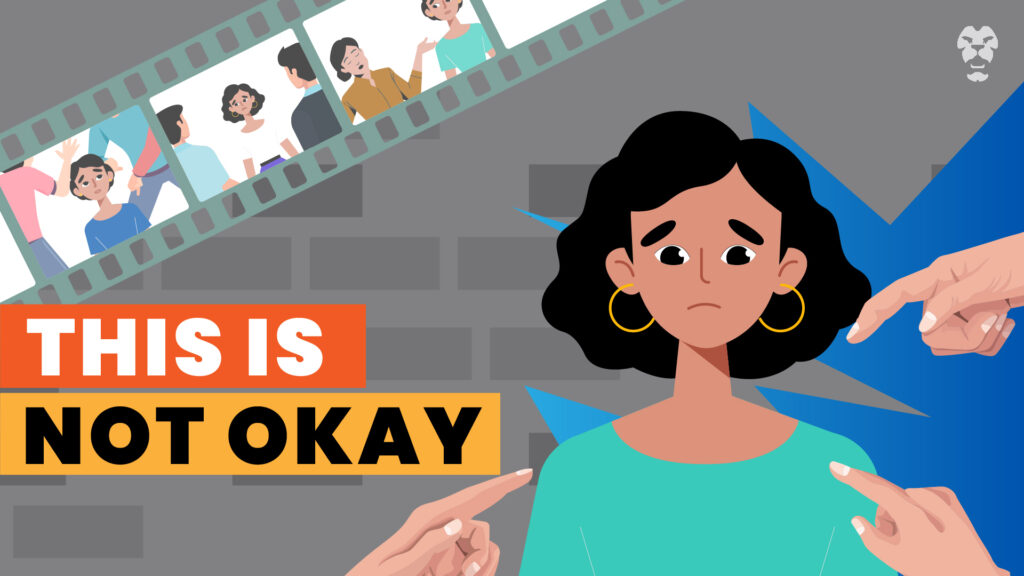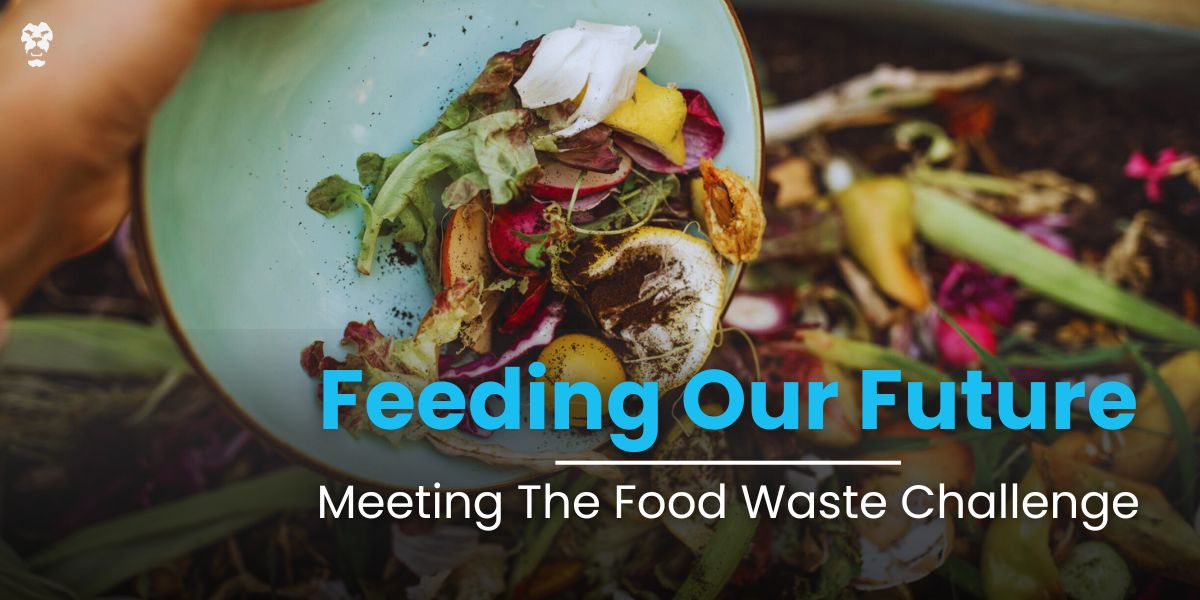
When an unparalleled economic crisis takes its toll on a country, one major struggle, amongst many, begins to dominate the lives of its people: access to food.
At present, around 3.9 million people in Sri Lanka are food insecure; they lack consistent access to adequate food to live an active, healthy life. That’s a whopping 17% of the population that lacks access to basic nutritional needs.
On the other hand, many of us can relate to having too much food on our table and discarding the excess without too much thought. We have all packed up leftovers to go, only to end up throwing them away later.
But the reality is that every morsel on our plates requires a great deal of labour, land, water, and energy to produce, harvest, store, transport, package, and sell; and right now, there are millions of food-insecure people in Sri Lanka who could benefit from food that goes to waste instead
But what do we mean when we say ‘food loss and waste’?
According to a 2019 United Nations Food and Agriculture Organization (FAO) report, food loss occurs ‘from post-harvest up to – but not including – the retail level of the food supply chain’. Food waste on the other hand occurs at retail, food service and consumer level.
Therefore, consumers have a significant role to play in reducing food waste.

Therefore, consumers have a significant role to play in reducing food waste. Food waste is not just the leftover food on your plate that finds its way to the bin, but the food in your fridge that gets spoiled, the restaurant-bought food that you end up throwing, and the vegetables you purchase that rot before you get around to cooking them and there is a lot consumers can do to stop food from going to waste.
But food waste can’t be that bad in Sri Lanka, right?
Think again. According to the UNEP Food Waste Index Report of 2021, our little island is responsible for over 1.6 million tonnes of food waste — and this is just from our households.
“Sixty-four percent of our solid waste consists of food waste mainly from households, restaurants, meat and vegetable markets. There is a need to create more awareness of food waste management,” said Shahina Mysan, Director of Engineering (Solid Waste Management) of the Colombo Municipal.
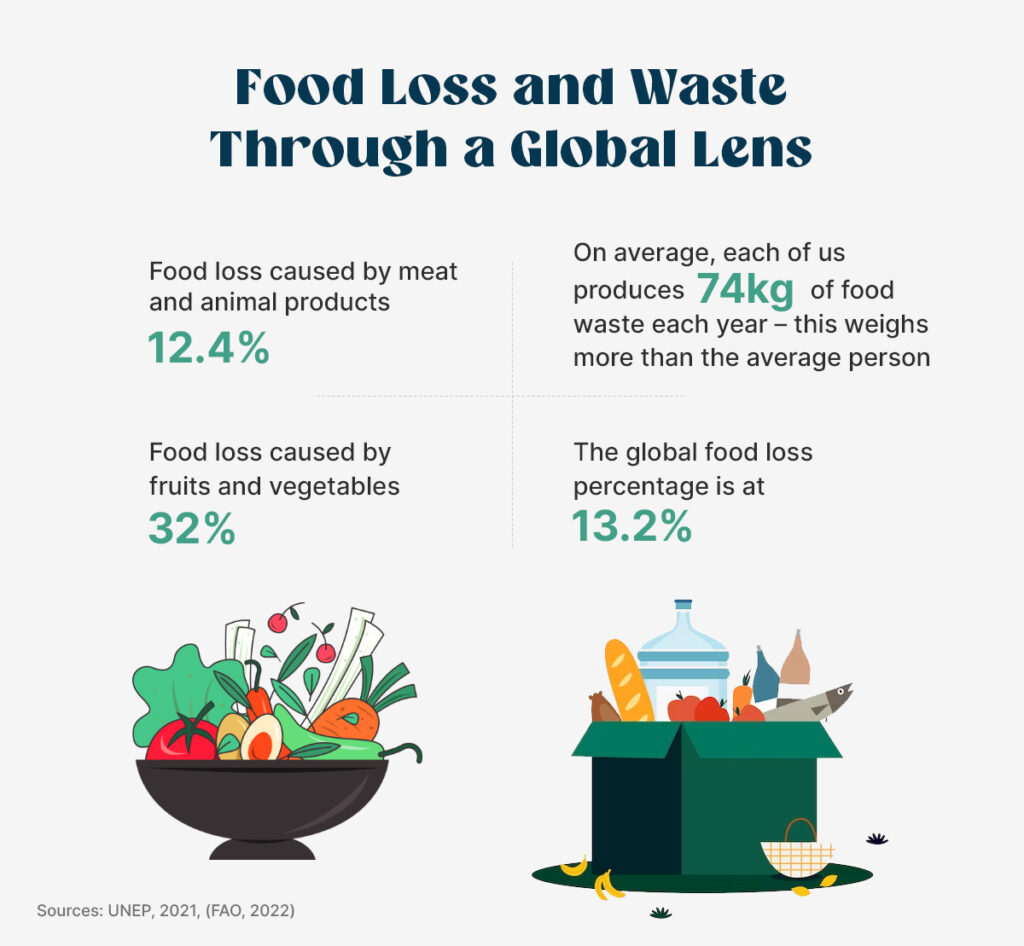
Well, for one thing, the environmental and economic effects of food loss and waste are irreversible. It is one of the leading causes of water and air pollution — two things we desperately need for our survival. To make matters worse, the global system, from production to consumption, was responsible for one-third of total greenhouse gas emissions in 2015 — and food loss and waste caused approximately half of this.
Human health, agriculture, forests, wildlife, water resources, and coastal areas are all vulnerable to climate change because of these greenhouse gas emissions.
So, how can we, as consumers, reduce our food waste? Hint: it’s not that complicated.
Incorporating food safety In our daily lives
Food safety is a method of handling, preparing, and storing food in ways that prevent foodborne illnesses. These practices can also lead to less food wastage. In other words, food safety is an excellent way to ensure that food does not go to waste. If you remember to make these few tips a habit, food safety will become a part of your regular life.
Tip #1: Proper refrigeration can save lives
Refrigerating promptly slowly kills bacteria that cannot survive in very cold temperatures. A constant refrigerator temperature of 41°F (5°C) or below can effectively reduce the risk of foodborne illnesses such as salmonella. Here are three golden rules:
- Refrigerate or freeze meat, poultry, eggs and other perishables as soon as you bring them home.
- Never let raw meat, poultry, eggs, cooked food or cut fresh fruits or vegetables sit at room temperature for more than two hours before putting them in the refrigerator (this becomes one hour when the temperature is above 90°F or 32°C).
- This might be a shocker to some, but never thaw food at room temperature. There are three safe ways to thaw food: in the refrigerator, in cold water, and in the microwave.
When it comes to cooked food, store them under either hot (near or above 60°C) or cool (near or below 5°C) conditions. It’s time to start paying attention to those temperatures on your refrigerator, especially if yours tends to be overpacked on most days.
Tip #2: Cook for safety, not just flavour
Food is safely cooked when it reaches a proper internal temperature that kills harmful microorganisms leading to foodborne illnesses.
When microwaving packaged or frozen food, make sure you read the packaging instructions and microwave it thoroughly.
Even if you’re famished, let the food sit for a few minutes after microwaving before you eat. Check out a full list of what temperature is best for each type of food here.
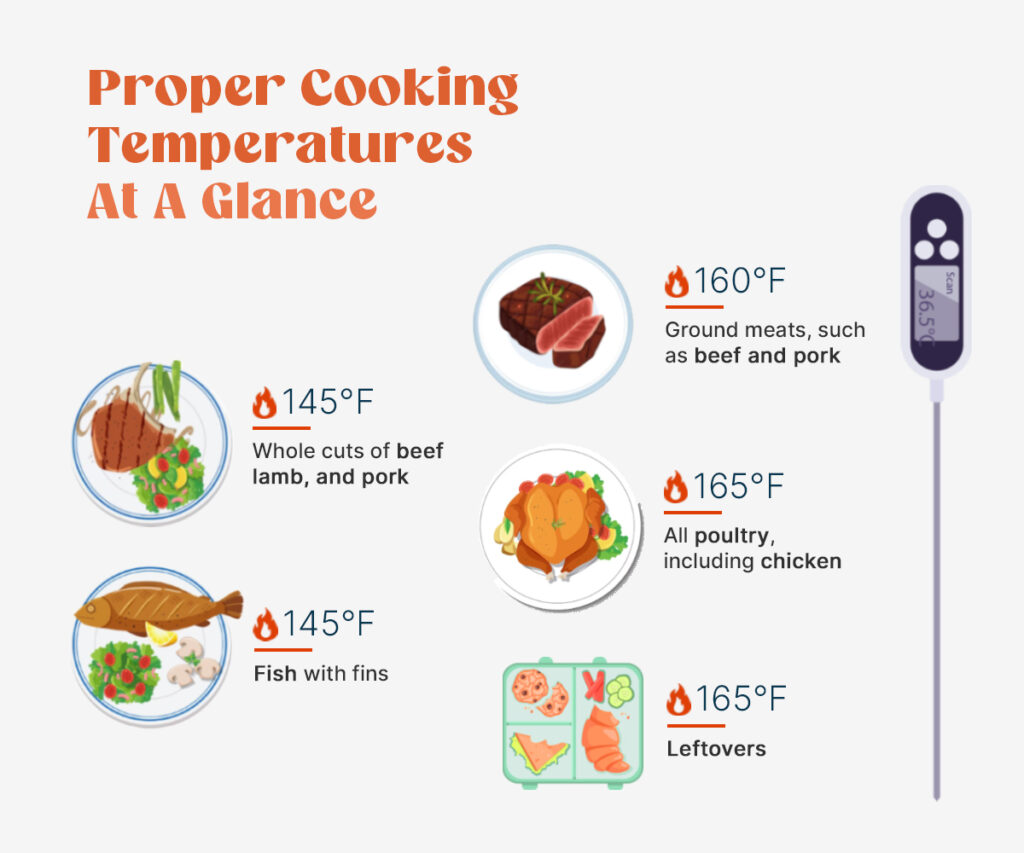
Don’t forget to always separate raw and cooked foods in the kitchen, and keep your surfaces clean with warm water and soap in between preparing different dishes.
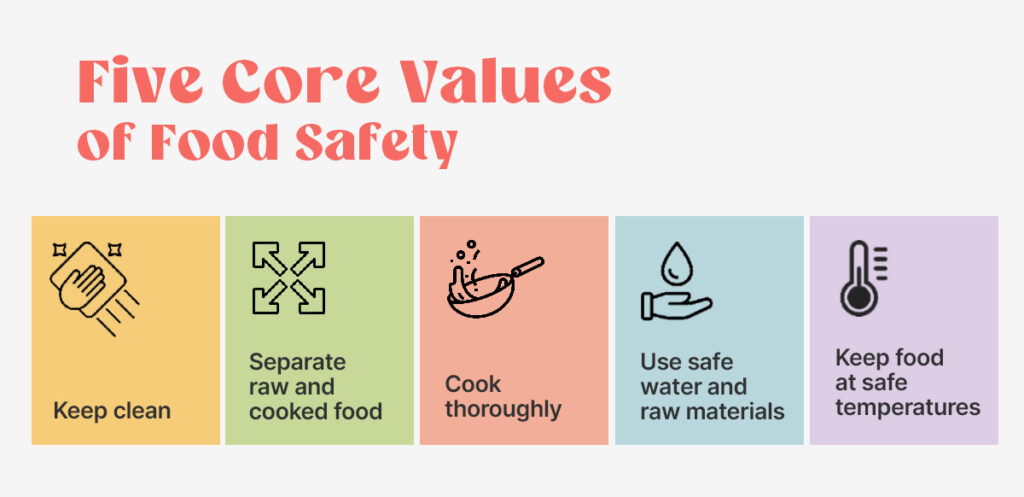
Tip #3: Shop smarter, not harder
If you pay attention when purchasing food, you’re less likely to waste any.
While many foods, such as fruits and vegetables, are best in their natural state, many factors should be considered when purchasing perishable foods such as dairy, fish, and meat products. For example, always buy pasteurised as opposed to raw milk. When shopping, keep in mind that food processing was invented to improve safety as well as to prolong shelf-life. Certain foods eaten raw, such as lettuce, need thorough washing.
Read and pay careful attention to labelling. It can provide vital information on traceability of food, nutrition information and other factors vital for food safety. Check expiration dates before any purchase, and don’t buy any packaged foods that have been damaged or opened.
Remember, expiration dates tell consumers the last day a product is safe to consume. Best before date, however, tells you that the food is no longer at its best quality from that date (but it also does not make the item unusable). Make frozen food the last thing you pick up on your supermarket stroll.
Lastly, don’t buy anything you’re not sure of consuming. This applies to when you’re ordering takeout or dining at restaurants. If you do have leftovers, store them within two hours and don’t wait too long before you consume them. This way you will reduce waste and ensure what you consume is safe.
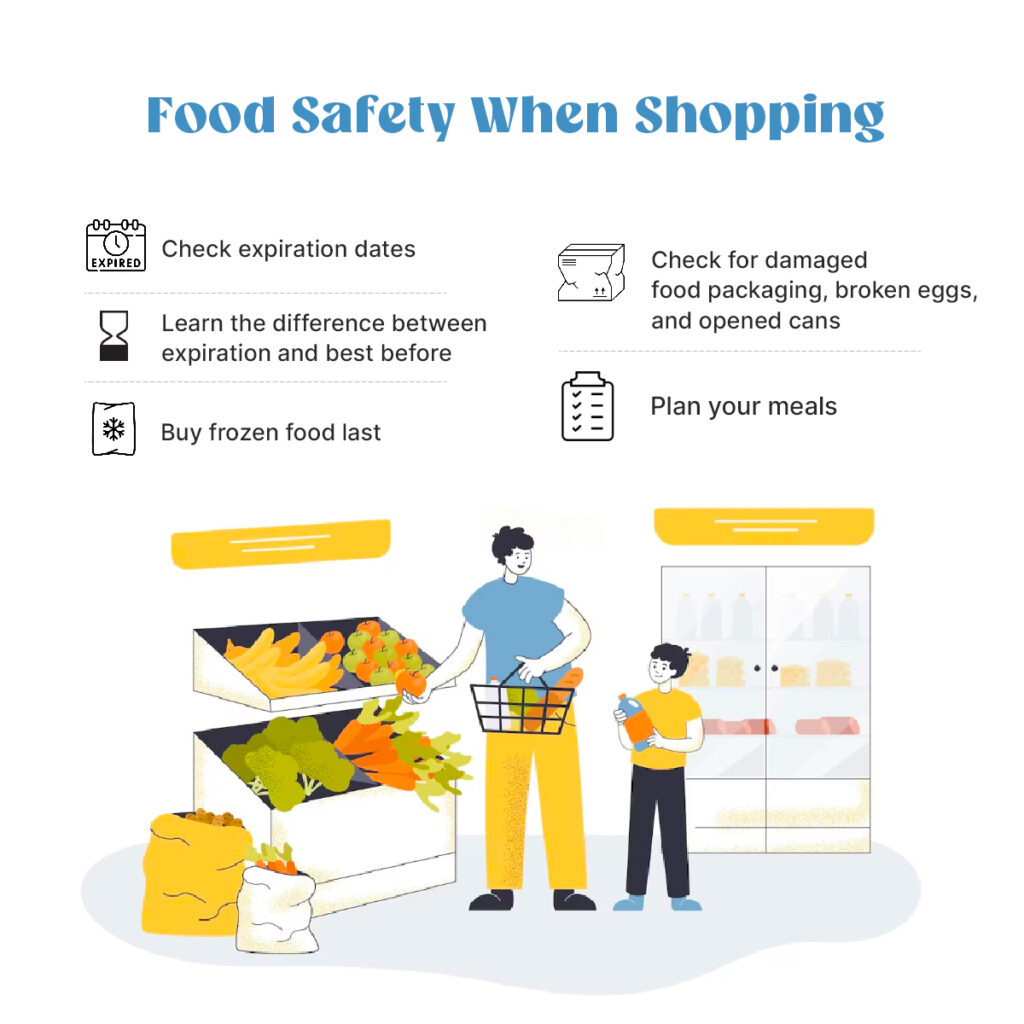
The bottom line? Reducing food waste by applying food safety habits is achievable, with just a bit of conscious effort. It’s also a vital piece of a puzzle Sri Lanka is attempting to solve: combating food insecurity. With better food safety, we lessen food wastage, which tips the scales in favour of reducing food insecurity. Now that’s a domino effect we’re looking forward to.
The Food and Agriculture Organization of the United Nations (FAO), together with the United Nations Development Organisation (UNIDO), via the European Union (EU) funded Best Standardised Practices for the Agri-Food Sector project (BESPA-FOOD) project is working to revamp and upgrade food safety standards, capacity, and the food regulatory system in Sri Lanka.
A better food safety system will lead to less food waste in Sri Lanka.
On this International Day of Awareness of Food Loss and Waste, let’s recognise that we need a collective effort to reach this goal.





